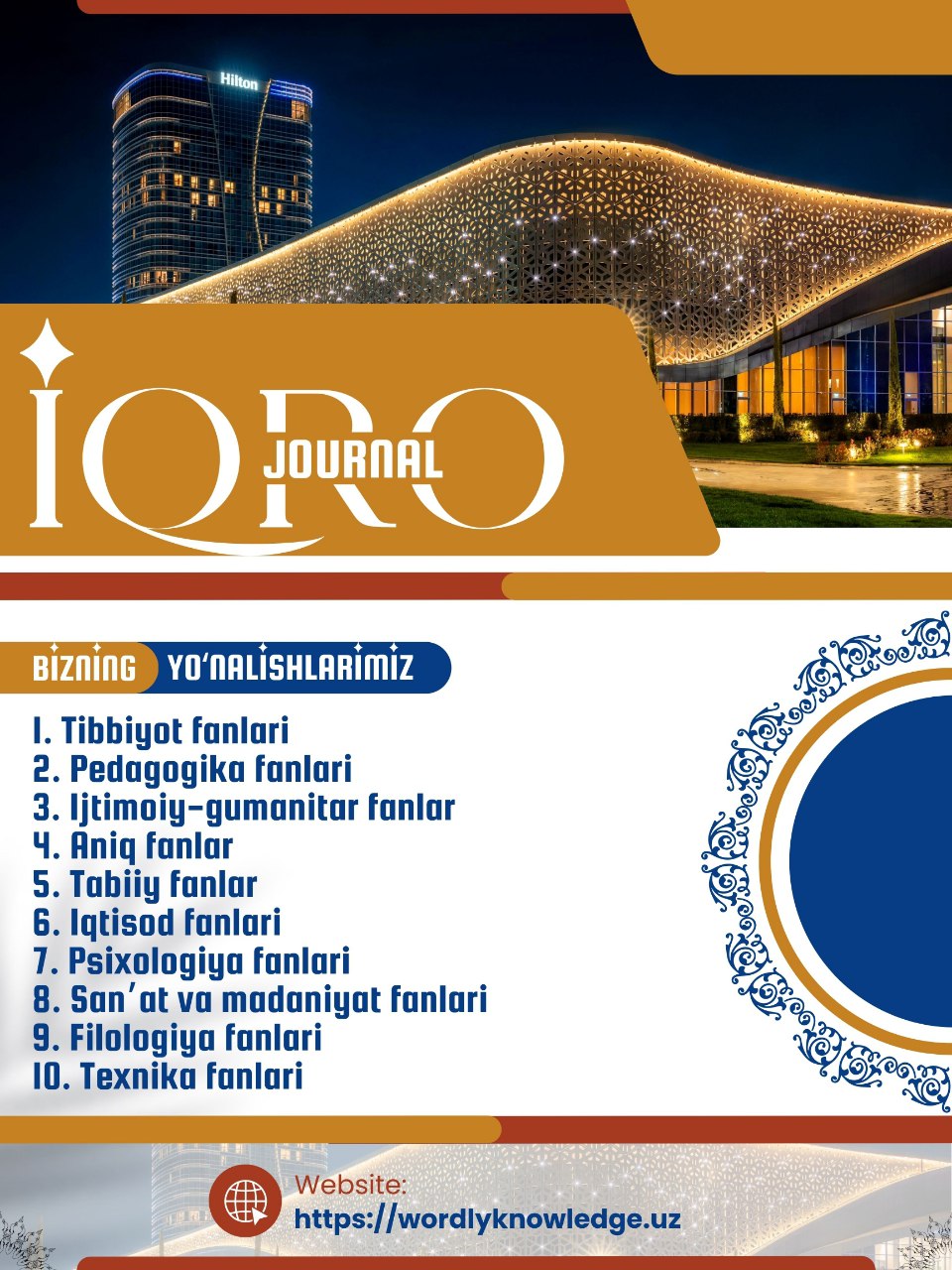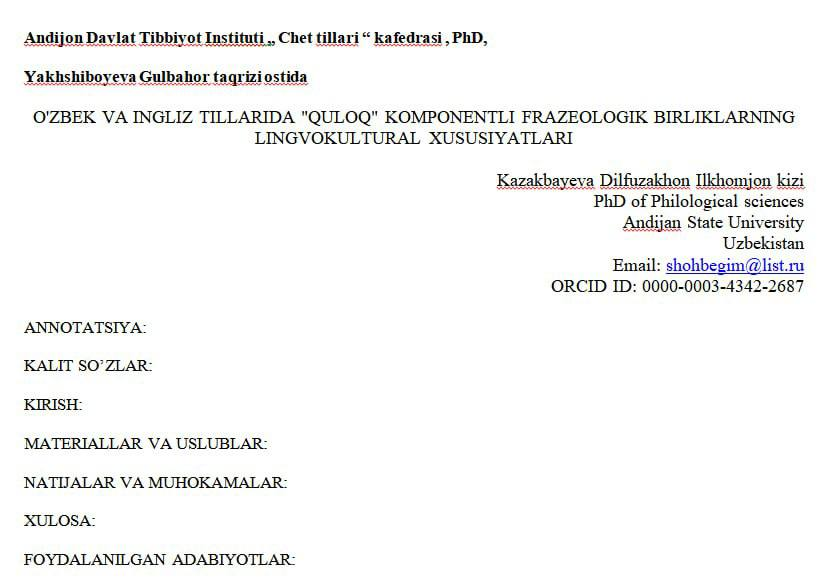PHARMACOLOGY OF ANTIBACTERIAL DRUGS IN PEDIATRICS
Keywords:
pediatrics, antibiotic resistance, antibacterial drugs, community-acquired infections.Abstract
The pharmacology of antibacterial drugs in pediatrics is a critical area of study due to the unique physiological and developmental differences between children and adults. This paper reviews the various classes of antibacterial agents commonly used in pediatric practice, including penicillins, cephalosporins, macrolides, and aminoglycosides. The pharmacokinetics and pharmacodynamics of these drugs in pediatric populations are discussed, emphasizing the importance of appropriate dosing and administration based on age, weight, and maturity of organ systems. The challenges of antibiotic resistance in pediatric patients are also examined, alongside guidelines for the rational use of antibiotics to minimize resistance development. Furthermore, this review highlights the importance of monitoring for adverse effects and the necessity of tailored therapeutic strategies to optimize treatment outcomes in children. By understanding the pharmacological principles guiding antibacterial therapy, healthcare professionals can improve clinical management and enhance the safety and efficacy of treatments in pediatric patients.
References
1. Strategy and tactics of rational use of antimicrobial agents in outpatient practice: Eurasian clinical guidelines / edited by S.V. Yakovlev, S.V. Sidorenko, V.V. Rafalsky, T.V. Spichak. - 2016. - 144 p.
2. Use of antibiotics in children in outpatient practice: practical recommendations / edited by A.A. Baranov and L.S. Strachunsky // Clinical microbiology and antimicrobial chemotherapy. - 2017. - Vol. 9, No. 3. - P. 11.
3. Algorithms of antibiotic therapy in pediatrics: a manual for doctors / edited by E.V. Karpushin, V.P. Bulatov, S.A. Valiullina, L.E. Ziganshina, L.Yu. Kulagina. - Kazan, 2015.
4. Modern antimicrobial chemotherapy: a guide for doctors. / under. ed. S.N. Kozlova, R.S. Kozlova. — 2017. — 400 p.














